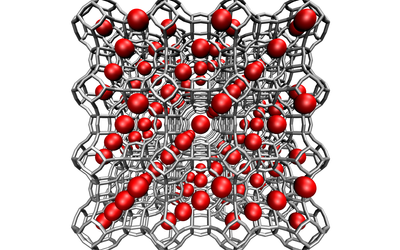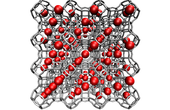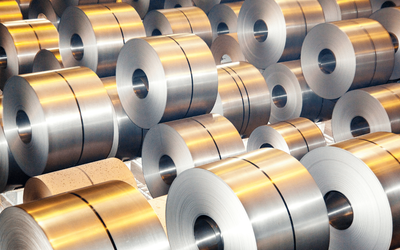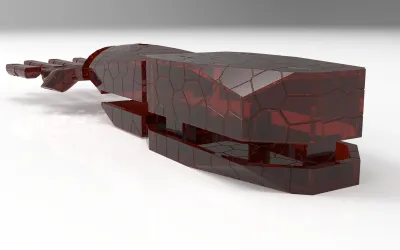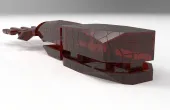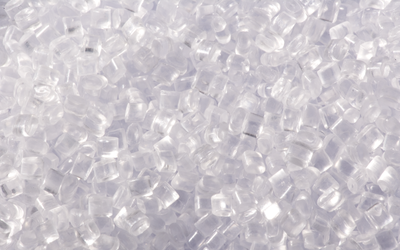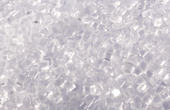Category
materials
Latest Posts
When you ask people to name a few cutting-edge technologies, they’ll probably mention artificial intelligence, quantum computing, autonomous vehicles, perhaps synthetic biology… but probably not welding. But while welding usually doesn’t make front page headlines, it has many interesting facets. It involves materials science, robotics, metallurgy, and, yes, machine learning. And you need welding for making all kinds of things: buildings, for example; bicycles, ships, aircraft, cars, kitchenware, power plants, turbines, body implants, textiles–and rockets.
Protolabs helps sustainable plastic innovators Lyfecycle join the race for climate awareness at Extreme E
Polymateria are British innovators and inventors of the world’s first self-destructing plastic technology. The company approached Protolabs for digital manufacturing support in raising awareness of the issue and their ground-breaking technology that could ultimately help solve it.






